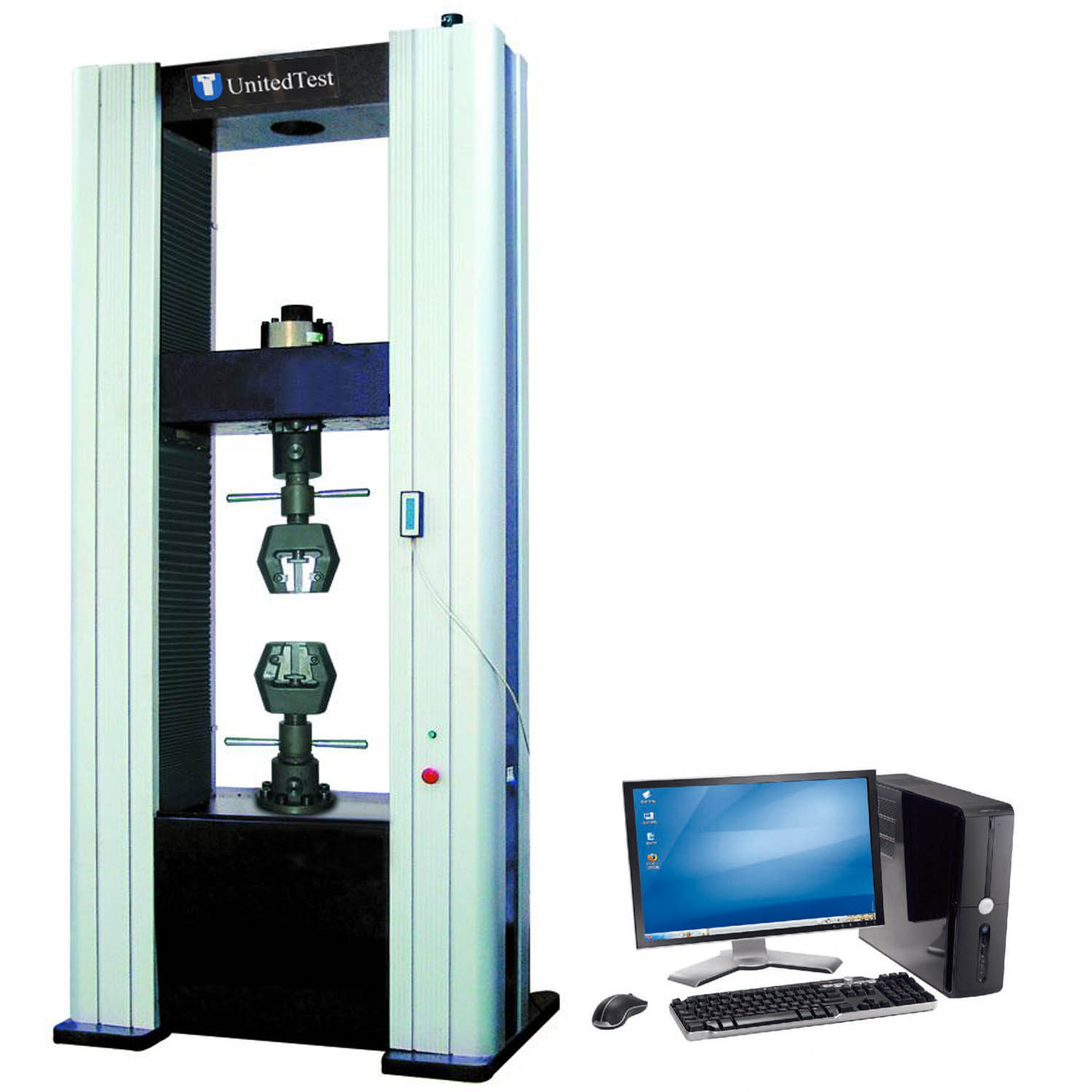The Slow Strain Rate Stress Corrosion Cracking Tensile Test (SSRT, SCC)
Slow Strain Rate Testing
The slow strain rate test is basically a tensile stress test performed on a conventional smooth tensile specimen, slowly elongated at a constant strain rate until fracture. The crosshead speed is controlled to give strain rates that typically are in the range of 10−4 to 10−7 s−1. The SSRT test has been used by Gabb et al. (2014) and Németh et al. (2017) to evaluate the embrittlement of nickel-based superalloys. This mechanism typically occurs in high strength nickel-based alloys at intermediate temperatures like 500°–750°C and is caused by a mechanism of environmentally-assisted intergranular cracking. During SSRT testing at higher temperatures or for more ductile alloys, it can instead be assumed that creep is responsible for the time and strain rate dependent deformation behavior of the sample. This test method is then very efficient for a rapid assessment of short-term creep properties. Especially if the creep response of the material is unknown it can be difficult to estimate the appropriate load to apply to a conventional constant load creep test and there is always a risk that the test will be either to short or too long and will not yield the data anticipated.
Stress corrosion cracking, Slow strain rate testing (SSRT)
Developed by Parkins [100], this method consists of applying to a specimen a strain at a slow constant rate (usually 10−8 to 10−4 mm.s−1) until rupture occurs. The time to failure is associated with metal plasticity, that is, relative elongation and relative reduction of surface area.
Stress corrosion cracking (SCC) in low and medium strength carbon steels
Slow strain rate tests performed on carbon and low-alloy steels have shown susceptibility to SCC in high-temperature high purity water containing oxygen [138−141]. Although susceptibility appears greatest at about 200−250°C, SCC at temperatures up to 320°C has been reported [142]. Susceptibilty increased with increasing temperature. The cracking was transgranular and occurred at stress levels close to the ultimate tensile strength of the material. The addition of Ni or Cr to Fe-C-Mn steel retarded cracking, whereas Mo enhanced the susceptibility [143].

Stress corrosion cracking (SCC) continues to be a significant concern for many major industries, so test methods for predicting and measuring it are important. The slow strain rate test (SSRT) was created in the 1960’s and involves a slow (compared to conventional tensile tests) dynamic strain applied at a constant extension rate in the environment of interest.1-4 Typical initial strain rates are 1 × 10−7 s−1 to 1 × 10−5 s−1, but lower and higher rates may be used, depending upon the alloy-environment system, the experimental variables, and the test objectives. SSRTs are generally run until total failure, which may take hours or days but could occasionally be shorter, longer, or interrupted. After failure, the specimens are examined for SCC, and measurements taken during and after the test are compared to similar data for an inert environment. There are several options available and important decisions to be made when using the SSRT. These are discussed and comparisons made to SCC tests using constant load (CL), constant strain (CS), and fracture mechanics (FM)5-6 techniques. In this review, FM refers to stress corrosion tests using fatigue precracked specimens and an intent to achieve plane strain conditions—with either static or dynamic, loading.
UnitedTest UT1024 Slow rate strain/stress tensile testing machine













